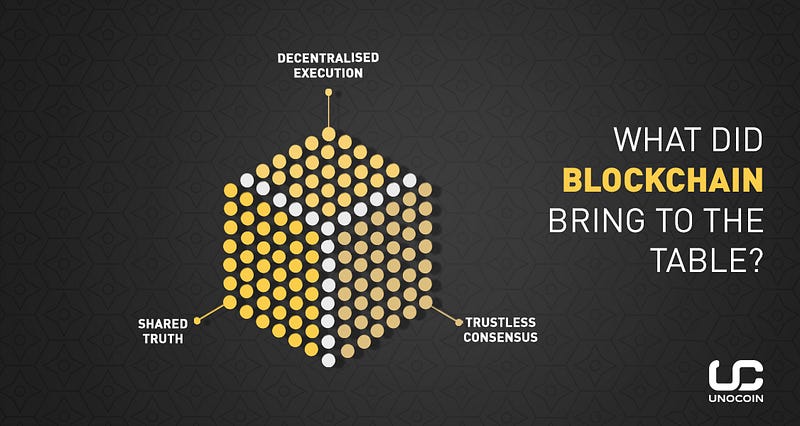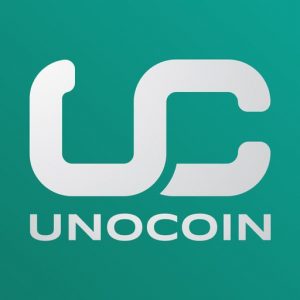
Blockchain has the potential to profoundly transform some of the basic operation of businesses, governance and open technology projects.
From a technological standpoint, blockchain is a network oriented software implementation. It shifts the risk and responsibility of code execution and data storage from centralised machines to decentralised networks.
Three major components of blockchain technology that enabled decentralised networks are:
- Trustless Consensus of participating nodes
- Maintaining a shared truth
- Decentralised execution of programs
Trustless Consensus
(Fundamental problem of distributed computing is to achieve system reliability and integrity in the presence of faulty players)
Blockchain provides a solution for a decentralised network consensus using cryptographic hash functions. It has developed different flavours of consensus algorithms suitable for different set of problems with varied control level, latency, security and transparency:
- Proof-of-Work, reliability on intense processing power preferred majorly for highly secure networks.
- Proof-of-Stake, reliability on loyal stakeholders of the network which helps to avoid energy wastage.
- Designated Signatories, considered for performant networks with strict access controls.
- Permissioned, suitable for enterprise solutions and standardisation of sectoral accounting.
- Permissionless, robust public projects aiding in interaction and transaction models.
Shared Truth
(Truth is the foundational element of a business)
Blockchain has introduced an innovative mechanism to preserve the provenance of digitally shared truth with a system of chronologically chained blocks holding transactional information which always refers to the previous block.
Major three innovative implementations that bring a secured shared truth to life are:
- Transaction based ledgers — makes it easy to validate the ledger data with a single point of source (agreed genesis block) and provides an additional ability to cross-verify the mutation records of the token ownership.
- Block level incentives — enables modular, open & competitive participation to keep the system secure and running.
- Immutability and block confirmations — back referencing the previous blocks keeps adding security layers with each block confirmed by the network and makes it practically impossible to reverse engineer or alter the metadata inside these blocks.
With the combination of these technologies, the blockchain achieves a secure, transparent, immutable, repository of truth, designed to be highly resistant to outages, manipulation, and unnecessary complexity.
Some of the possible applications of shared truth:
- Wealth ownership
- Identity ownership
- Voting rights
- Health records
- Intellectual Property rights
- Birth and Marriage records
Decentralised Execution
(Decentralisation orchestration of code execution is the key to efficiency and performance of an application)
Apart from ledger keeping, blockchain also introduced a new way to orchestrate open and decentralised execution of computer programs. Key technology behind this could be:
- Scripting Capabilities — standardised assembly code language with mutual agreement of nodes on the scope of logics which help to design complex acceptable transactions.
- Smart Contracts — autonomous software code that can help in building large scale business logics running with independence.
- Autonomicity and Oracles — Independence in software execution enables complete autonomicity in data and decision making. Further with the help of oracle networks (autonomous hardware collecting data points on incentive model) we are about to witness a completely autonomous industrial scale systems.



